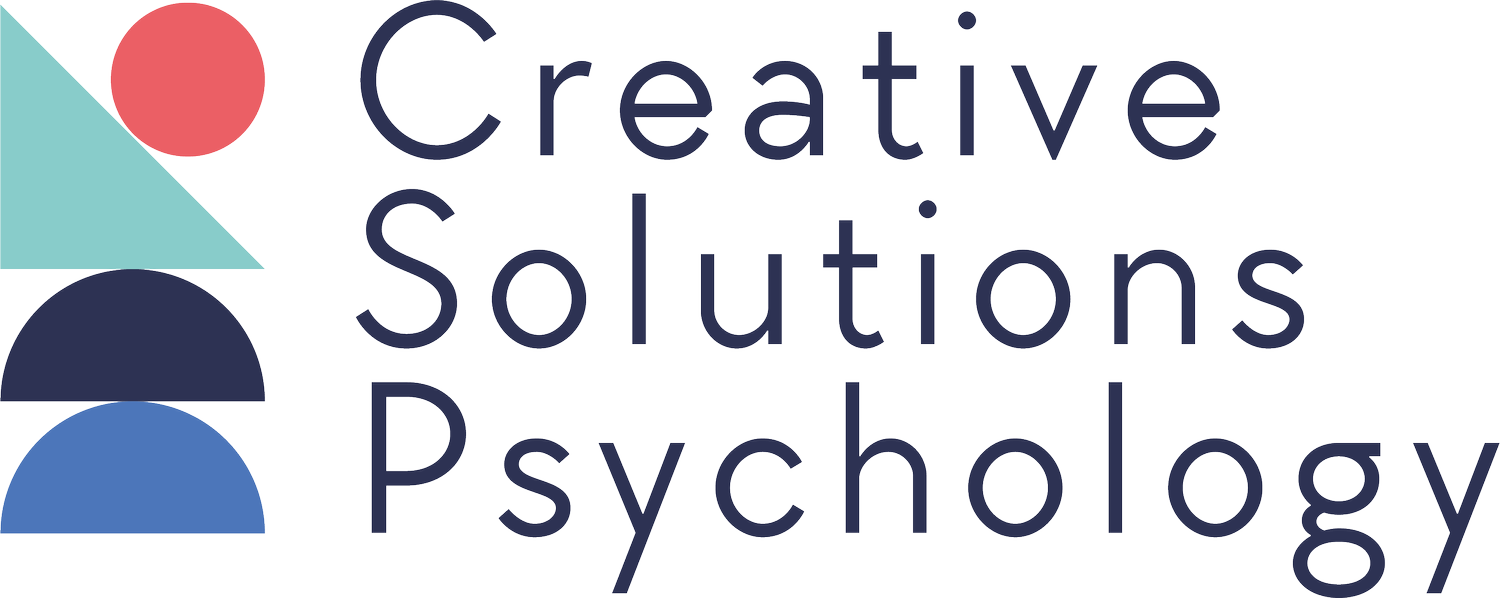Using the SCERTS framework to support autistic children and young people
SCERTS stands for:
Social Communication - Why an individual communicates and how an individual communicates
Emotional Regulation - How an individual copes with the help of others, and how an individual copes on their own
Transactional Support - How adults/others change their communication style and how adults/others can modify the environment
Who is SCERTS for?
SCERTS was developed to support children with social communication needs, primarily children and young people on the autistic spectrum. SCERTS is a framework of assessment and intervention that can be applied in any natural setting or context - at home or in an educational setting like a nursery or a school.
We recognise that learning in childhood occurs in the social context of daily activities and experiences. Therefore, we don’t carry out assessments in clinic rooms. Instead, we use homes and classrooms to develop interventions and strategies that can be utilised in real-life situations.
What makes SCERTS unique?
The SCERTS framework is a strength-based framework, that allows identifying and addressing the most significant challenges by building on existing strengths.
SCERTS is a respectful alternative to the traditional ‘deficit model’. Autistic children and young people are seen as complete individuals, and any support or intervention occurs by adapting how adults support and interact with the child or young person. We help to adapt the context and the support rather than forcing the child or young person into a neurotypical box.
All behaviour is viewed as purposeful, serving a variety of functions, either communicative or regulatory
What happens during a SCERTS assessment?
We start by jointly identifying priorities for a child or young person according to their developmental stage.
A SCERTS-trained professional (one of our Specialist Child and Educational Psychologists) carries out a series of observations, either virtually or in person, often in collaboration with parents or staff and identifies existing strengths in the environment and key opportunities for development and next steps.
We work with parents and/or school staff to develop strategies and supports that will address the next areas of development during natural activities and routines at home and in school.
We allow time for the new strategies and supports to be implemented before jointly reviewing progress.
How do we know SCERTS is effective?
SCERTS is an evidence-based and research-informed comprehensive framework addressing social and emotional outcomes.
We now have randomised trial data (the strongest form of scientific evidence) showing that SCERTS is effective in early childhood within home settings (Wetherby et al. 2014) as well as in school-aged settings (Morgan et al., 2018).
Want to know more?
Book a free 15-minute consultation, or email us to arrange to speak to our Autism Specialist - a SCERTS-certified Child and Educational Psychologist to explore how the SCERTS model could be used to support your child or student.
